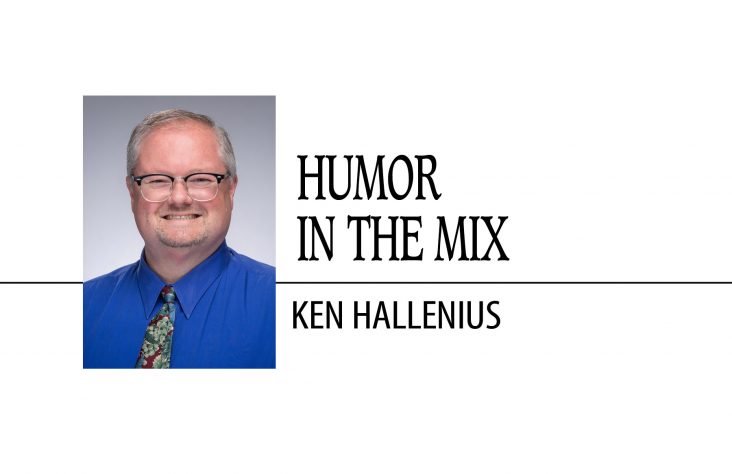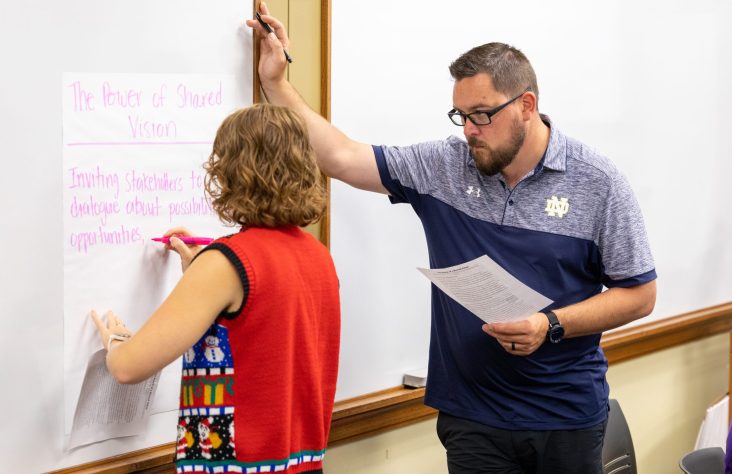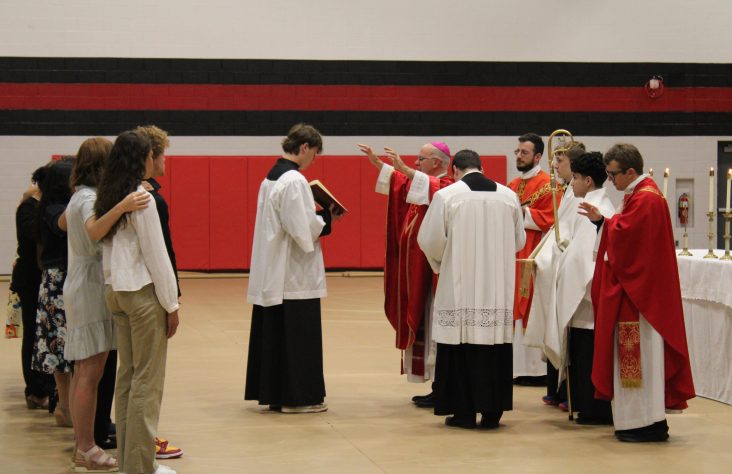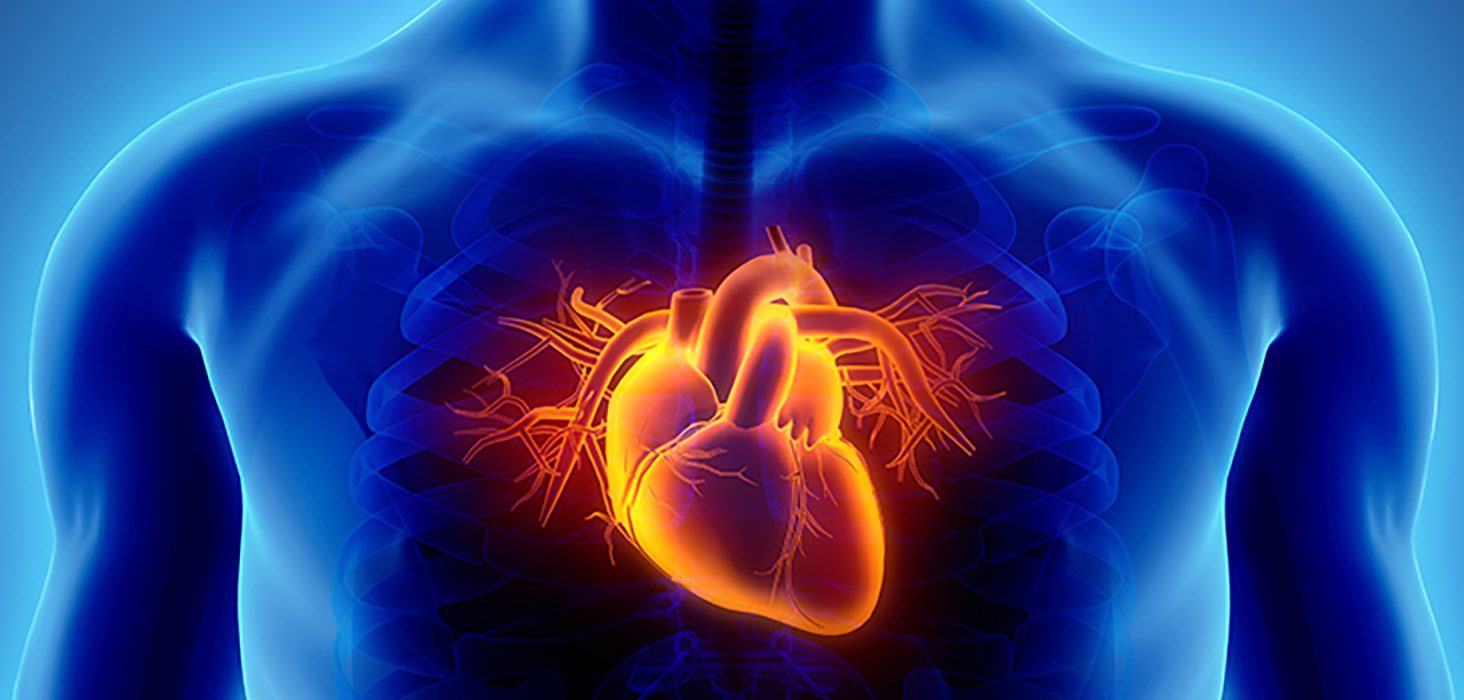October 2, 2018 // Perspective
‘It has been an honor to be a physician and see miracles like this’
I would like to tell you a story about one of my all-time favorite patients. This happened many years ago. Only a few people in my family and a few colleagues know about this case. I thought it was time to share with my readers.
I met this 60-ish-year-old lady soon after I came to Fort Wayne to join one of the two small startup cardiology practices that existed in 1982. I can’t be sure about the exact date, but I believe it was the winter of 1983 when I met her as she was in the throes of an acute inferior myocardial infarction (heart attack) at St. Joseph Hospital in downtown Fort Wayne. After my arrival and evaluation in the emergency room, the staff loaded her onto the gurney to take her to the Coronary Care Unit.
Back in those days, it was common for the cardiologist to stay at the bedside for several hours, ready to treat any complications as well as be sure there was adequate pain control. We were riding the elevator up to the floor when I glanced at my patient. She had suddenly become unresponsive and appeared to be seizing. One quick look at the heart monitor told me she was in ventricular fibrillation, or cardiac arrest. Thankfully, we were prepared. We had our defibrillator with us for the transport and quickly shocked her back into a normal heart rhythm. In about 30 seconds, she was conscious again and was asking what had just happened. As we scooted her off the gurney to get her in her CCU bed, she lost consciousness again. She required another emergency electrical defibrillation. Again, one shock is all it took. She resumed a normal cardiac rhythm and soon had a palpable pulse and became alert and awake.
I ordered a stat bolus of IV lidocaine, which was one of the few intravenously administered antiarrhythmic meds we had available. It did absolutely nothing, and in just a few minutes we were shocking her again. After giving her multiple IV boluses of lidocaine, I had soon exceeded the maximum recommended amount. It was clear after shocking her several more times this medication was not going to work.
I went to Plan B and asked the nurses to hang an IV procainamide drip. This is a drug rarely used today, but it was one of the few options we had back then. It soon became obvious this was not the answer either. We kept the defibrillator at the bedside, ready to promptly shock her every time she went into this fatal arrhythmia. It was approximately every five minutes that she would try to die and we would have to defibrillate her. On a few occasions, we were so prompt with our shocks that she had not yet become unconscious and screamed out in pain as 200 joules of energy pulsed across her chest. This same pattern continued for hours. After several dozen shocks she was able to recognize when she was about to go into VF by the dizziness that would occur before she lost consciousness. She would look at me and say, “Here it comes again!” I also quickly learned that to prevent her from experiencing these painful shocks, I would delay triggering the defibrillator until she was unconscious.
It was now around 3 a.m., and in about a six-hour time period, we had to shock this poor lady about 60 times. I prayed as I saw this lady’s life slipping away. The patient, the nursing staff and I were at wits’ end, when I suddenly remembered another option. There is little doubt in my mind that this thought was brought to me by the Holy Spirit.
When I was training at The Ohio State University, I took several months of special training with an electrophysiologist who was internationally known. He had been invited to France to give some lectures, and when he returned home he told me about a new exciting medication that was in early trials in Europe and being used for life-threatening ventricular arrhythmias. One of his French colleges gave him the gift of multiple vials of this medication to use experimentally. A few months before I left OSU for my cardiology position in Fort Wayne, he offered to give me three vials of this medication, called amiodarone, in case of a dire emergency. (I suspect the Holy Spirit had something to do with this, because otherwise I don’t know why he would have offered it.) But, if there was ever a dire emergency, this was it. I instructed the nursing staff to stay at the bedside and continue to shock the patient every time she went into ventricular fibrillation. I got in my car and raced home, where I had my stash of amiodarone vials.
I was speeding on Jefferson Boulevard when I saw the blinking red lights of one of Fort Wayne’s finest. As soon as I stopped my car and jumped out with my white coat on, the officer simply waved me on. (The Holy Spirit strikes again!) On my return to the hospital, I asked all the nursing staff to exit the room and close the door. I told them not to come in unless I called them. I did not want any witnesses. My future career flashed in front of my eyes as I drew the medication out of the vials to give it through the IV.
What I knew was that we had now shocked this patient 78 times, and she was not going to survive much longer if I didn’t do something.
I slowly injected the first vial, watching her vital signs closely. Her rhythm and blood pressure remained stable. It had now been 10 minutes without having to shock her. I drew up another vial and a little more slowly gave it through the IV. It had now been 20 minutes without a shock, and the patient hadn’t died from my clandestine injections. I waited another 10 minutes and decided I was all in. The third vial was given. There were no more episodes of VF and no more shocks needed. This medication, called amiodarone, is now FDA-approved and is a mainstay for the treatment of ventricular arrhythmias.
One week later this vibrant lady left the hospital. I had the pleasure of caring for her for another 15 years. I can still see her beautiful smile and remember her never-give-up attitude. She brought great joy to her husband, family and to me as well. I not only saw her in my office frequently but also got to see her at Mass in my very own parish, although when I was treating her I did not know she was a Catholic and attended my church.
Is there any doubt that God’s hand was directing me as I cared for this patient? It has been such an honor to be a physician and see miracles like this. This is a story I will never forget, and I thank God for the exciting and fulfilling career He has given me.
The best news. Delivered to your inbox.
Subscribe to our mailing list today.






